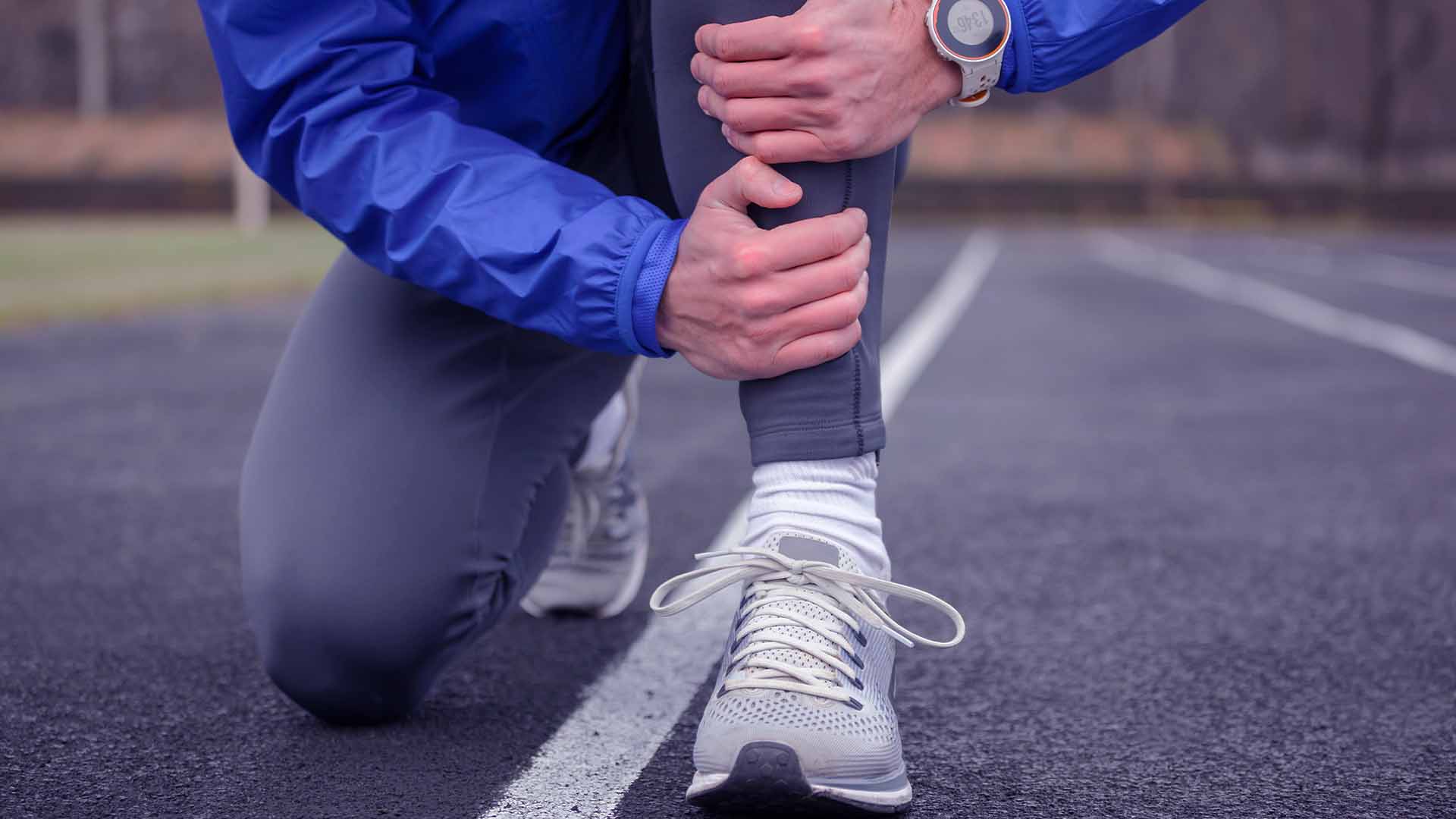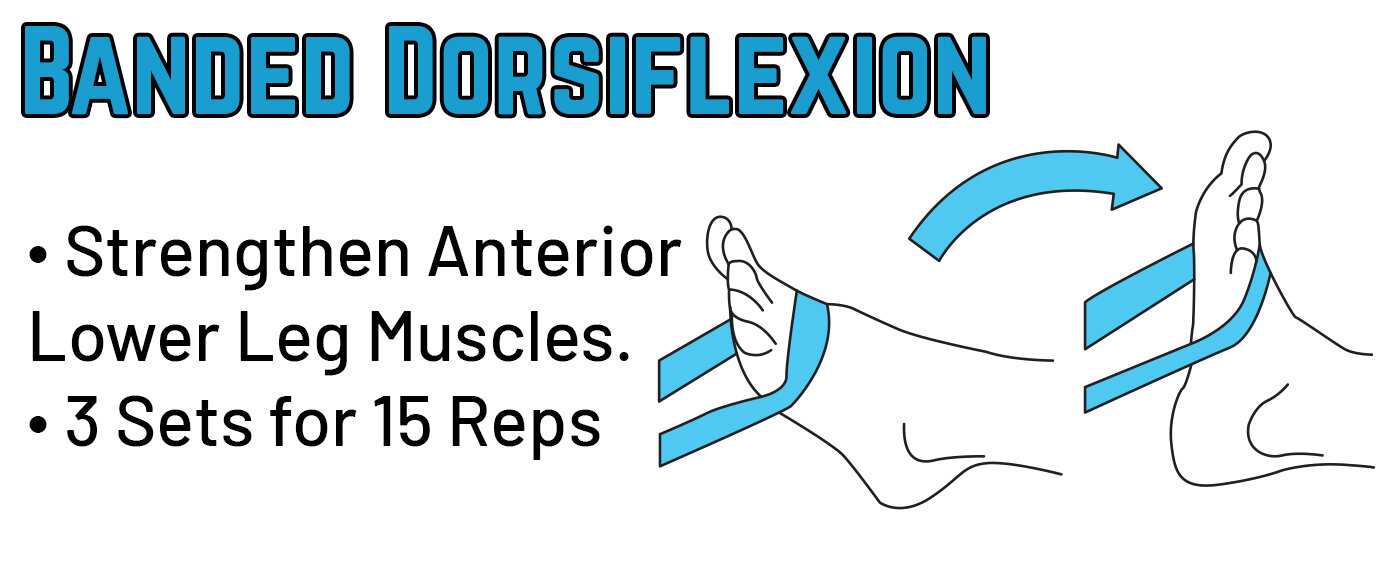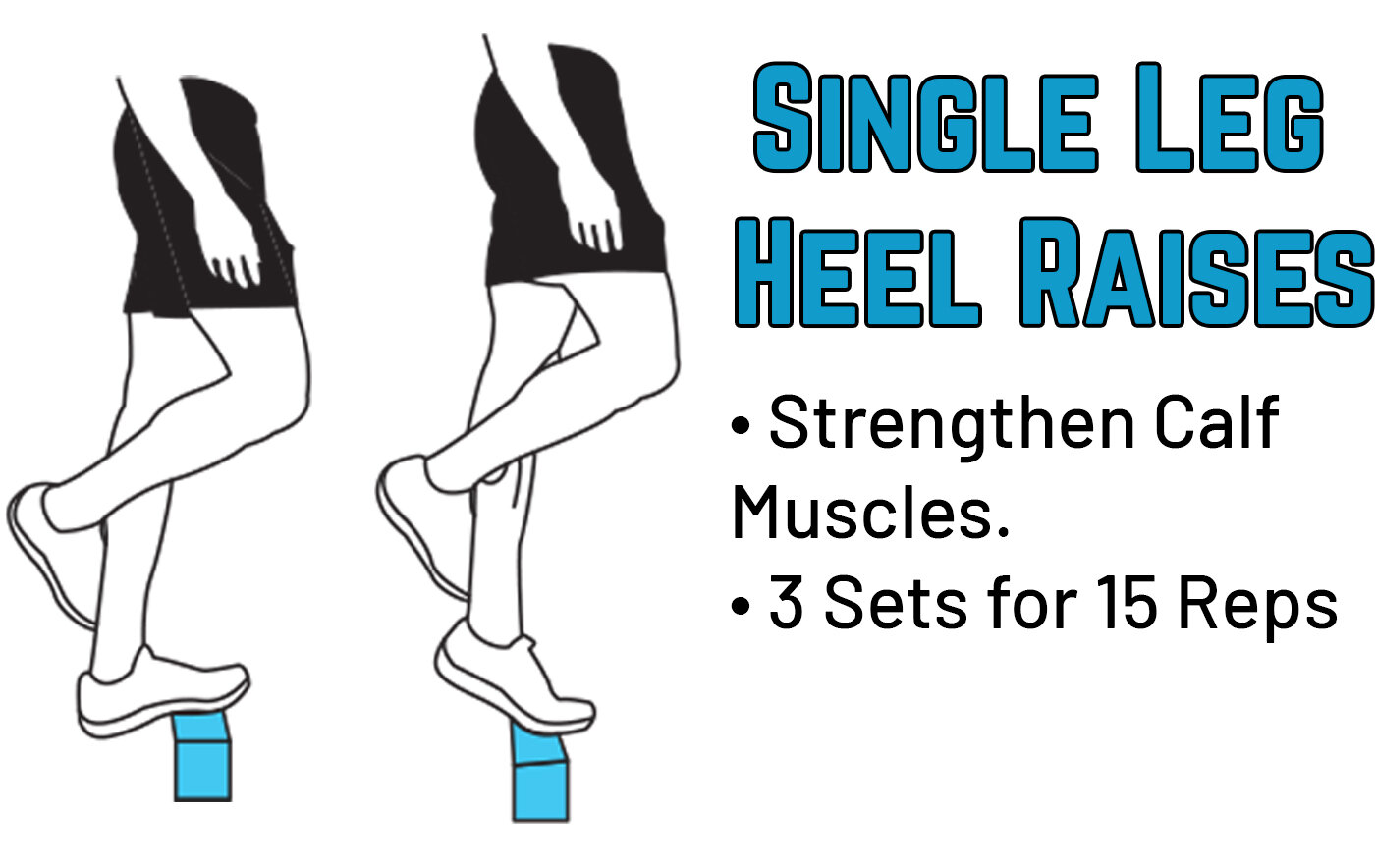
What Are Shin Splints?
Oh, shins. You bang them against things and you're writhing in pain. You get a minor scratch and they bleed for an hour. You try to get healthier by going for a run and it feels like needles are driving deep into the soul of your lower leg. I’m not going to talk about the first two issues today, but I do have a lot to say about that last part: shin splints.
We will be talking primarily about posterior shin splints today. If you have ever had them, you would know, but posterior shin splints are a sharp pain in the back of your calf. Specifically, the pain is usually lower on the back of the calf and towards the inside (or, the distal third on the posteromedial surface, but you don’t have to know that). The scientific name for shin splints is Medial Tibial Stress Syndrome.
Shin splints are an overuse injury that occurs mainly at your soleus. When this muscle, and other muscles near it, get overused, they can cause a shearing force (think rubbing two rocks together) on the bone that they are attached to. Bones don’t like this, and they take out their anger in the form of inflammation. This inflammation happens to the outer layer of the bone and causes the pain you experience.
How do you know that you have shin splints and not a flesh-eating calf disease? There is a way to tell! Most of it comes from where the pain is being felt and to what degree. Shin splints are accompanied by a dull, sometimes sharp pain in the lower leg, on the lower back side and towards the inside of the leg, which I mentioned early. It must be noted that this pain is usually spread throughout this region and is not pinpoint. If the pain is more focal, you may have experienced a stress fracture, which is more severe. A stress fracture is what shin splints can turn into if you don’t take the necessary precautions. Also, if you are getting muscle cramping and numbness, you might be experiencing chronic exertional compartment syndrome and not shin splints. If you're experiencing these symptoms, go see a physical therapist.
How Do Shin Splints Even Happen?
Okay cool, now I know what shin splints are. But, why do they happen to me? Why is this world so cruel?
I can’t answer that last question. However, I can fathom a few educated guesses at the first one. Shin splints are a biomechanical problem. They come from an excessive amount, or inability to, plantarflex and pronate your foot. This motion is the pointing down and out of your foot at the end of your running stride, or when you jump. This is why when you start up a sport or go on a run when you haven’t in awhile, you can get shin splints.
This biomechanical error could be caused by a few things. One, is you have scrawny calf muscles that don’t do their job effectively. Usually, it is the muscles in the back of the calf. However, it could also be the muscles in the front of the lower leg.
However, there is more at play here. Sometimes, to solve a problem of a muscle, joint, or bone, we must look up the chain of command and look for more dysfunction. In the case up the calf, the next area above would be the knee. Then the thigh. Then the hip. To address shin splints, I think is the most important to address a possible inability to extend your hip.
Hip extension is what causes you to be really good at propelling your body forward, as in running. Or upward, as in jumping. To visualize hip extension, just stand up, straighten your one knee, and bring your leg back so that you feel a squeeze in your glutes. An easy way for guys to picture this is to go on Instagram and watch their favorite fitness chick do "Cable Kickbacks".
If you suck at hip extension, your calf muscles, like that soleus, are going to do it. Once this happens a few too many times, your soleus muscles get angry and give you shin splints. That is the scientific way of explaining it, I swear.
Scientists might also mention excessive femoral anteversion (turning in of the foot/pigeon toeing) and a large Q-Angle of the hips (knee collapses inward). These things, unless related simply to genetics (which is rare but does occur), can be fixed through effective glute and hip training.
The part about your hip biomechanics is something rarely mentioned in a lot of texts. What are some other reasons for shin splints that sites like WebMD might tell you? Here they are:
- Inadequate Warmup
- Improper Footwear
- Improper Shock Absorption In Footwear
- Hard Playing Surfaces
Other than the warmup part, the footwear and playing surfaces is a false narrative for shin splints. Your body should be capable of running and jumping on all surfaces without having to wear dad shoes.
So, the million dollar question is...
How Do I Prevent Against Shin Splints?
To alleviate and prevent against shin splints, I've provided some beautiful illustrations and some old videos of me demonstrating exercises to help.
In the initial stages of trying to alleviate shin splints, strengthening your lower leg will be very important. Try these two exercises daily to start:


To solve the shin splint problem for good, what you really need to do is strengthen your glutes. I've provided a couple of my favorite glute exercises below:
But really, the best thing you can do for shin splints is get high-quality strength training by industry leading professionals. And I know just the place to go! (My gym, Dynamic, of course). You can book your Free, 60-Minute Health Consultation right here.
We will evaluate your movement to determine the true root cause of your shin splints. Then, we will determine the fitness plan that is best for your situation!
References
Malleson, P. N., & Sherry, D. D. (2005). Textbook of Pediatric Rheumatology (Fifth Edition) (5th ed.). W.B. Saunders.
Shin Splints - OrthoInfo - AAOS. (2019, August). Retrieved June 06, 2020, from https://orthoinfo.aaos.org/en/diseases--conditions/shin-splints